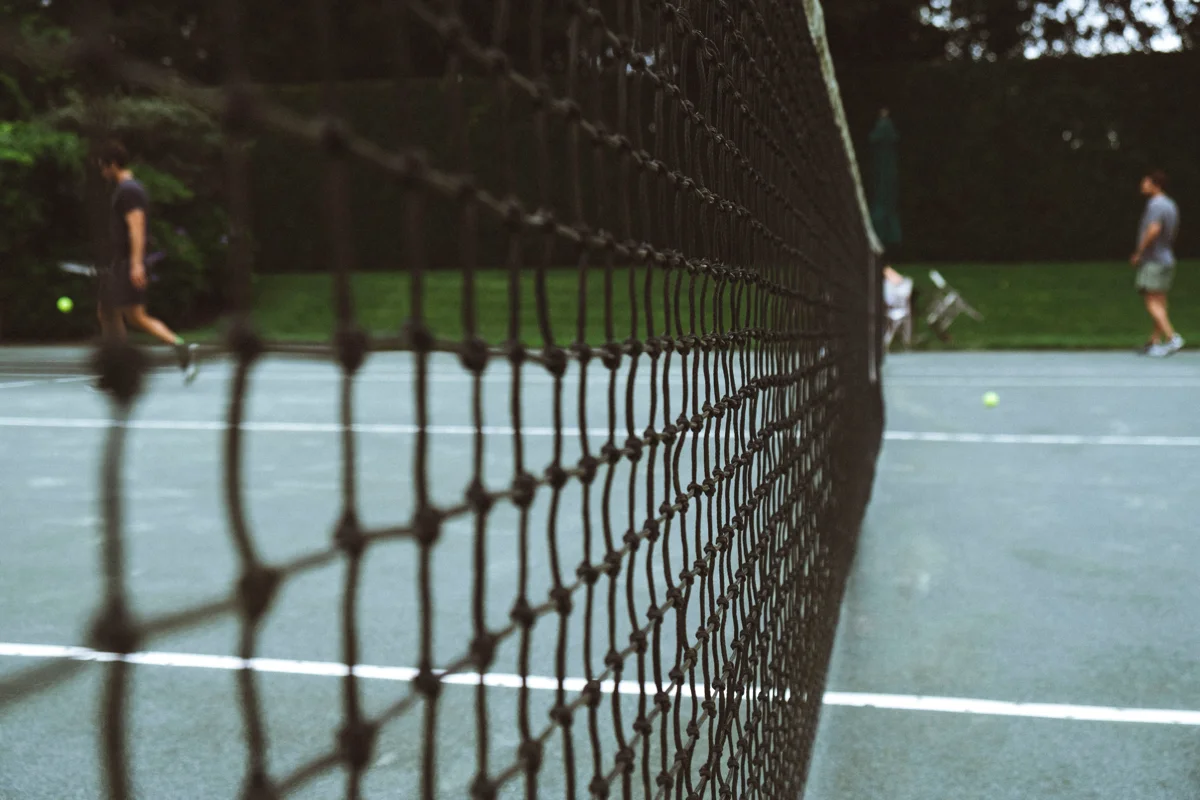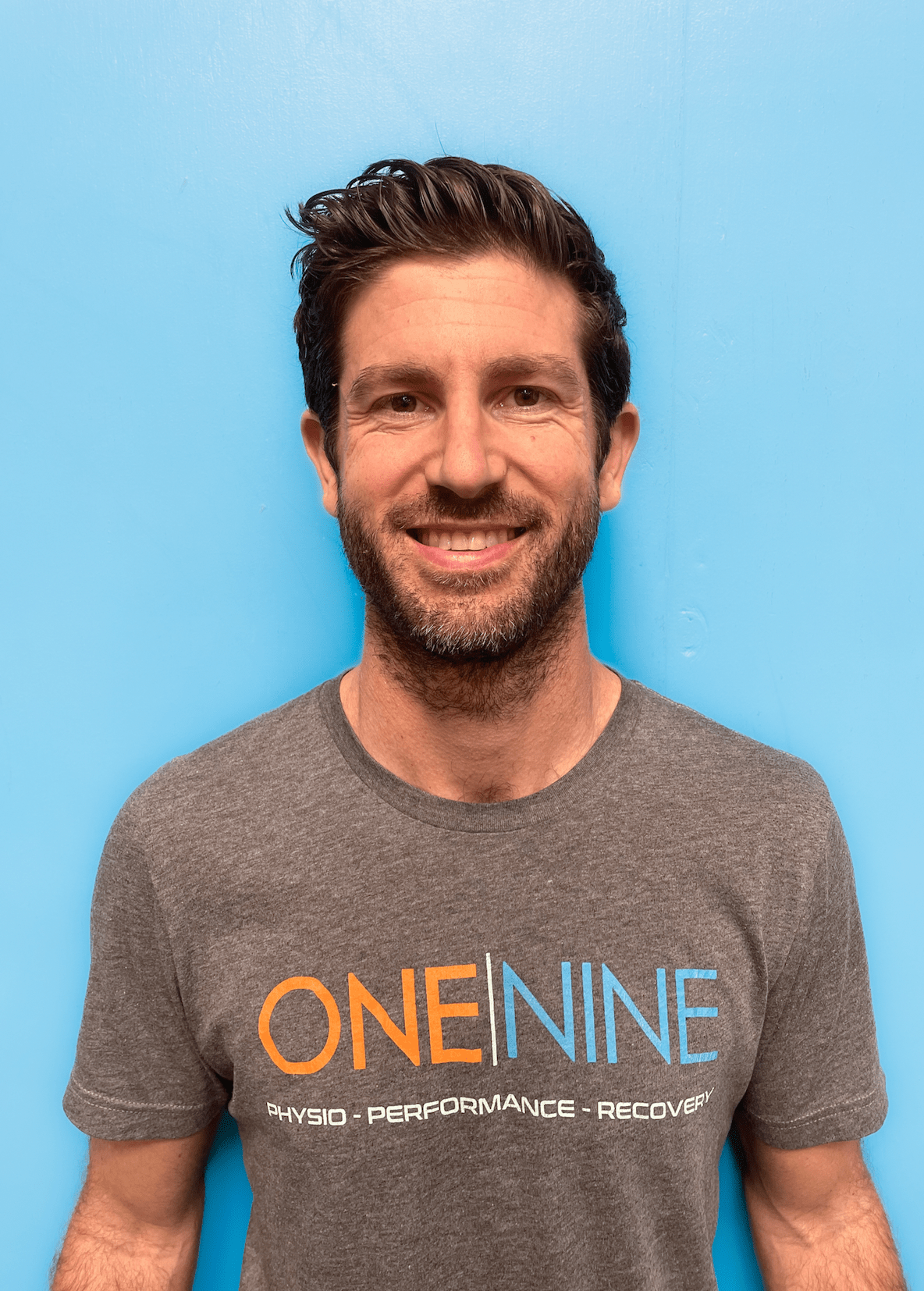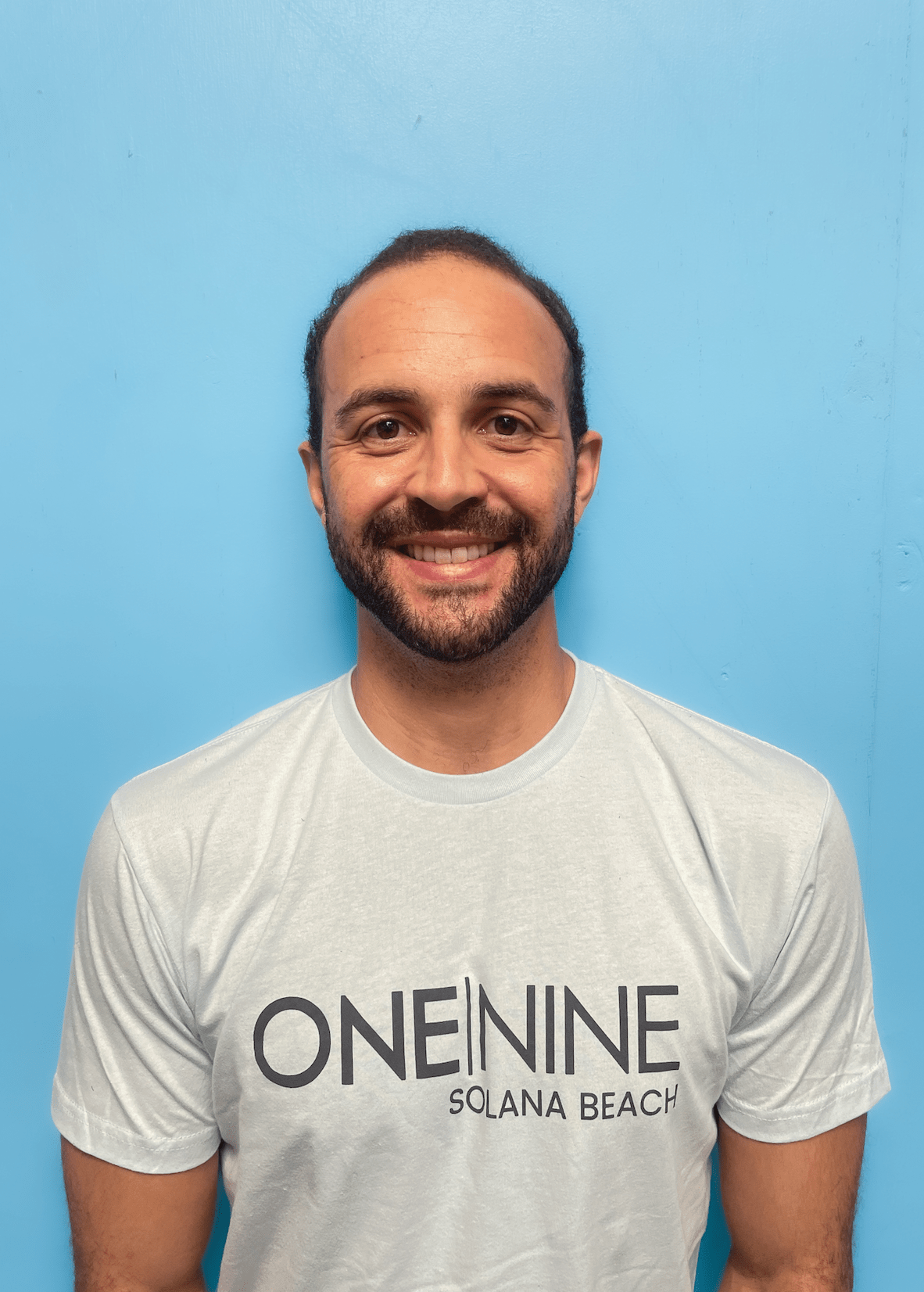TENNIS ELBOW SPECIALISTS
WE TREAT YOU LIKE AN ELITE ATHLETE
TENNIS ELBOW
Our therapists have extensive experience working with tennis players of all levels in the San Diego area. The nature of this injury is repetitive stress that often is caused by weakness or mobility deficits up the kinetic chain. By identifying the weak link in your swing, we can fix the problem faster and get you back to action.
WE KNOW ATHLETES
One Nine therapists have extensive experience treating athletes of all ages. We understand the challenges athletes face in returning to sport after injury because we have been there.
FASTER RETURN TO SPORT
Most Physical Therapy clinics can manage athletic injuries during the early stages, but have difficulty returning the athlete to sport. This is where One Nine excels! We move athletes from basic function to elite.
FEATURES
Sport-Specific Methodology
Always 1-on-1 with PT
No waiting room
App-based Custom Program
Neuromuscular Adaptive Training
DOCTORS OF PHYSICAL THERAPY
About Tennis Elbow
Tennis elbow, medically known as lateral epicondylitis, is a condition characterized by pain and inflammation on the outside of the elbow. Despite its name, it's not limited to tennis players; it can affect anyone who repeatedly uses their forearm muscles, such as painters, plumbers, and of course, tennis players. It typically occurs due to repetitive gripping, twisting, or lifting motions, causing strain and tiny tears in the tendons that attach the forearm muscles to the bone at the elbow.
Sports physical therapy can be instrumental in relieving pain and facilitating a return to sports for several reasons:
Pain Management: Physical therapists can employ various techniques such as manual therapies, to alleviate pain and reduce inflammation in the affected area.
Muscle Strengthening and Stretching: Therapy programs often focus on strengthening the muscles of the forearm and improving flexibility to relieve stress on the injured tendons. These exercises can help to correct muscle imbalances and improve overall function.
Technique Correction: Physical therapists can analyze the patient's movement patterns during sports activities and provide guidance on proper techniques to prevent re-injury. This may involve modifying grips, swings, or other movements to reduce strain on the elbow.
Activity Modification: During the recovery process, certain activities or sports movements may need to be modified or temporarily avoided to prevent exacerbating the condition. Physical therapists can provide guidance on which activities to avoid and how to gradually reintroduce them as the elbow heals.
Education and Prevention: Patients can benefit from learning about proper ergonomics, warm-up routines, and strategies to prevent future injuries. Physical therapists can educate patients on how to protect their elbows during sports and everyday activities.
Modalities: Therapeutic modalities such as ultrasound, laser therapy, or shockwave therapy may be used to promote healing and reduce pain in some cases.
Overall, sports physical therapy offers a comprehensive approach to treating tennis elbow, addressing not only the symptoms but also the underlying causes and contributing factors. By improving strength, flexibility, and technique while managing pain and inflammation, patients can often return to their sports activities with reduced risk of re-injury.







